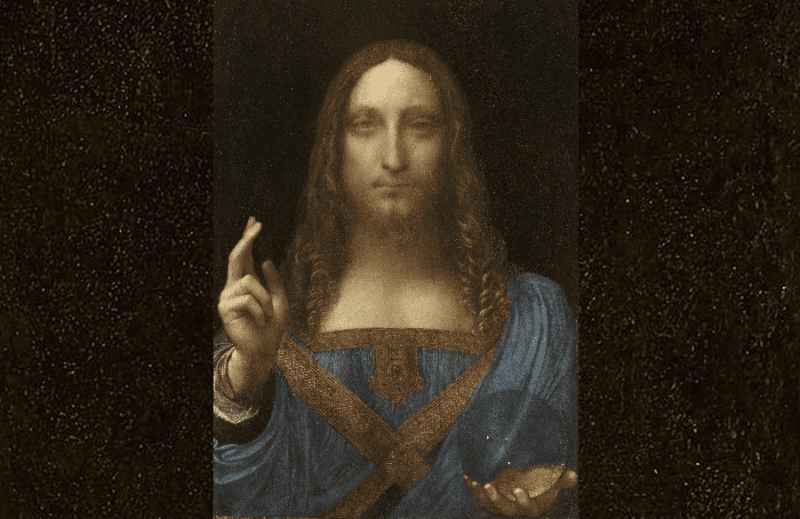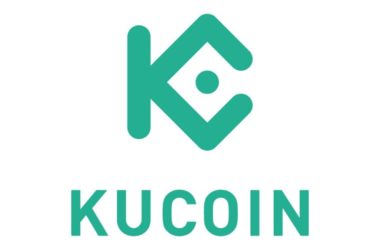Quick take:
- The world’s most expensive artwork, “Salvator Mundi” will soon be available as an NFT.
- The controversial painting is renowned for selling for $450.3M with fees at Christie’s New York.
- The artwork joins other popular paintings, “The Monalisa” and Van Gogh’s “Starry Night”, which have already been offered as NFTs.
The non-fungible token (NFT) market has been on a downward movement since the beginning of the second half of 2022. And even though there were some positive signs at the start of 2023, a lot of that initial demand seems to have subsided. Or has it?
According to a statement from Bridgeman Images, a London-based art library, the world’s most expensive artwork ever sold in an auction is about to be turned into an NFT. “Salvator Mundi”, a painting attributed to Leonardo da Vinci, and believed to have been created between 1499–1510, is about to join a collection of other popular artworks that made it to the blockchain.
Leonardo da Vinci’s “Mona Lisa” created in 1503, Van Gogh’s Starry Night – 1889, Auguste Rodin’s The Thinker – 1904, and Claude Monet’s Nymphéas – 1907, have all been minted as NFTs.
The Salvator Mundi, which features Christ holding a crystal orb, will be minted by ElmonX, a platform that creates licensed contemporary, modern and impressionist NFT art, continuing its collaboration with the UK- art gallery.
In the previous collaborations, the platform minted 330 editions of the Mona Lisa, selling at £150 each. Most recently, one of the Mona Lisa NFTs was resold on OpenSea for 3.7 ETH (~$6,764).
In a statement, Bridgeman Images said “[as] the world’s leading specialists in licensing fine art, cultural, and historical media for reproduction, [we] are delighted to collaborate with ElmonX, experts at the forefront of NFT art creation.” This relationship offers a “unique and exclusive opportunity to create high-quality NFTs based on Bridgeman Images’ vast collection”.
NFT art has been one of the most controversial segments of the crypto industry, raising multiple questions about intellectual property rights and infringements. In this particular case, we got in touch with Andrew Rossow, attorney and founder of AR Media to gain some clarity on any legal implications regarding the partnership.
According to Rossow, “this partnership underpins the value that we have hoped to see with respect to integrating these emerging technologies, including digital collectibles, cryptocurrencies, and blockchain. What we have here appears to be a tasteful and intentional weaving of the traditional art world with these technologies, powered by established intellectual property (IP) principles and licensing regimes.”
According to Rossow, a case study involving Leonardo da Vinci’s work presents an interesting avenue that can be explored to utilise IP from traditional art in NFTs.
“With the ongoing regulatory discussions on how to govern these new technologies, a case study utilizing Leonardo da Vinci’s work in a practical format presents an interesting avenue for future use cases that want to similarly integrate NFTs with mainstream art works, but may not have the IP applications nailed down. Our biggest focus right now needs to be on how to naturally harmonize these integrations in a way that doesn’t leave either industry — traditional art and emerging tech/Web3 — scratching their heads.”
Although selling single pieces of traditional artwork as NFTs may not generate the volume that popular collections like Bored Apes, Cryptopunks and Azuki do, industry experts believe real-world assets could be the next frontier of NFTs.
“Real-world assets are the next big thing for NFTs and when it comes to physical art we will see that the traditional art market will need to adapt in order to move with the changes we are seeing. Selling the image rights makes it accessible for more people to enjoy the image however we can push the technology to do more. NFTs and blockchain can be used to broaden art investing for all, we can ensure tamper-proof provenances and so much more,” said Asif Kamal, Founder and CEO of Artfi.
According to Kamal, selling artwork as NFTs is also likely to have a positive impact on the art market, as it opens access to the younger generation of collectors.
“Bringing physical art on blockchain as NFTs, by way of tokenization, will grow the art market. We will see the process of representing ownership of a physical art piece as digital tokens on a blockchain. These tokens are unique and can be bought, sold, and traded, providing investors with fractional ownership of the artwork.”
Alex Salnikov, Chief Strategy Officer and Co-Founder of Rarible said NFT collectors could “breathe a new life into world-renowned pieces through the use of NFT technology.”
“In this instance, viewers of the artwork can retain a personal connection to the original piece through an NFT digital collectible. It would be interesting to see whether there will be any future efforts to bring together these collectors for future community activations. These types of experiments, even if they may not generate significant trading volume, are important to the long-term growth of the ecosystem because they educate and onboard users to the world of NFTs,” added Salnikov.
****
Stay up to date:
Subscribe to our newsletter using this link – we won’t spam!





